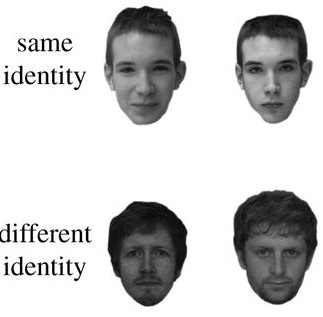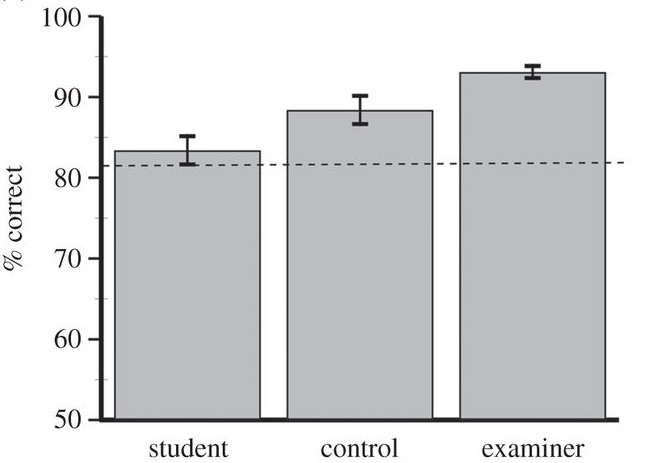In a society where we are relying more and more on computerized systems for identification, the role of the facial forensic examiner remains important in identifying criminals.

What is the main role of forensic facial identification examiners?
Facial forensic examiners compare images of faces to provide identification evidence in police investigations and in criminal trials. Around half of the examiners we tested in our study had provided testimony based on image comparisons in court – this role is typically performed by senior members of a forensic lab. Forensic facial examiners are taught to compare images by attending to individual features on a face and to search for similarities and differences between faces. This analytical approach lends itself to producing forensic reports as evidence in criminal trials because the basis of identity judgments can be verbalised. Interestingly however, this is very different to automatic processing that our brains engage when recognising the faces of people we know.
What did your study set out to find out?
Little is known about how accurately forensic examiners are able to match identity across different photographs. We do know from work on untrained people, and previous work with passport officers, that people find this task very difficult and make large proportion of errors. So in our study we approached a scientific working group tasked with developing standards for facial image comparison training and examination methods. We wanted to know whether they were better than the population at large. We also set out to examine the nature of their visual expertise.
How did you test facial recognition?
When we talk about face recognition, we are typically referring to our ability to recognise friends and colleagues – for example in a cafe, at the supermarket, or local cinema. However, in modern society a variety of important identify decisions are made by comparing photographs of unfamiliar people, for instance a CCTV image to a police mugshot, or by comparing a passport photograph to a traveller’s appearance.
In our study we developed tests that modelled the type of decisions made by forensic examiners in their daily work. Participants had to decide whether two images, presented on a computer monitor at the same time, pictured the same person or of two different people. This task differs from the face recognition tasks most of us encounter in our daily lives, in two important ways. First, the people pictured in the images are unfamiliar. Second, the task does not involve memory, because the images appear on the screen at the same time. People typically expect that they will perform well on these tasks, and are surprised at how many errors they make.
What differences did you find between facial examiners, the control group and students?

Overall, forensic facial examiners were more accurate in their identity decisions compared to control participants. However, other differences in their performance gave insights into the nature of their expertise. First, the expertise of the examiners was most apparent when they were provided with longer to study the image pairs. Second, examiners’ accuracy on the task was less impaired by turning the images upside down when compared to untrained participants – this is interesting because face recognition is generally impaired more by image inversion that recognition of other types of object. This effect has been attributed to face recognition being more reliant on matching ‘holistic’ properties of the face such as the spatial relationships between features.
Why do you think those differences can be seen between these groups?
The fact that examiners’ expertise shone through at longer study time suggests that the training they receive, which emphasises a careful analysis of facial features, is beneficial for identification.
The ‘holistic’ processes thought to underpin face recognition are engaged quickly and automatically. What our study shows is that this initial processing does not pick up all the useful identity information in the images – and that forensic training enables examiners to exploit the additional information that is not captured by initial processing. Because examiners were also less impaired by image inversion, we suspect that this additional information pertains to local features in the face, and not global relations between facial features – but further research in necessary to determine precisely what information the examiners are relying on.
You can read the full article online, via the Proceedings B website. To receive article alerts of our latest content please sign up online here.
